How Social Media Mentions Support Off-Page SEO
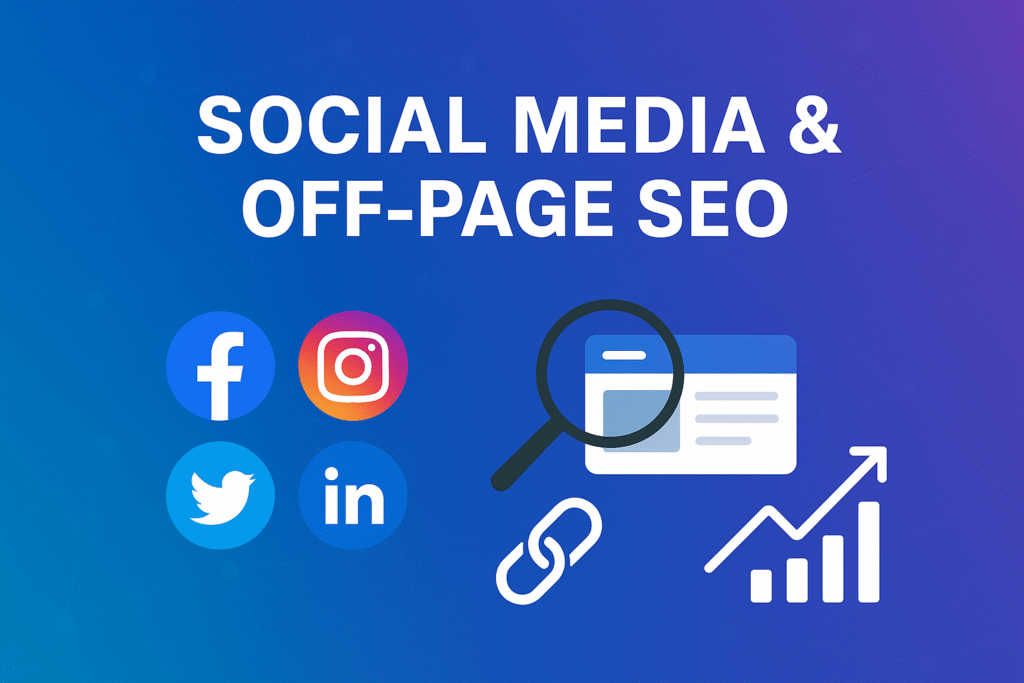
In today’s digital marketing landscape, understanding how social media mentions support off-page SEO is critical for businesses aiming to maximize visibility and rankings. Social signals like shares, brand mentions, and user engagement on platforms such as LinkedIn, X (Twitter), Instagram, and Facebook don’t just boost your brand reputation — they indirectly strengthen your authority in […]
10 Best Marketing Automation Tools for Businesses in 2025
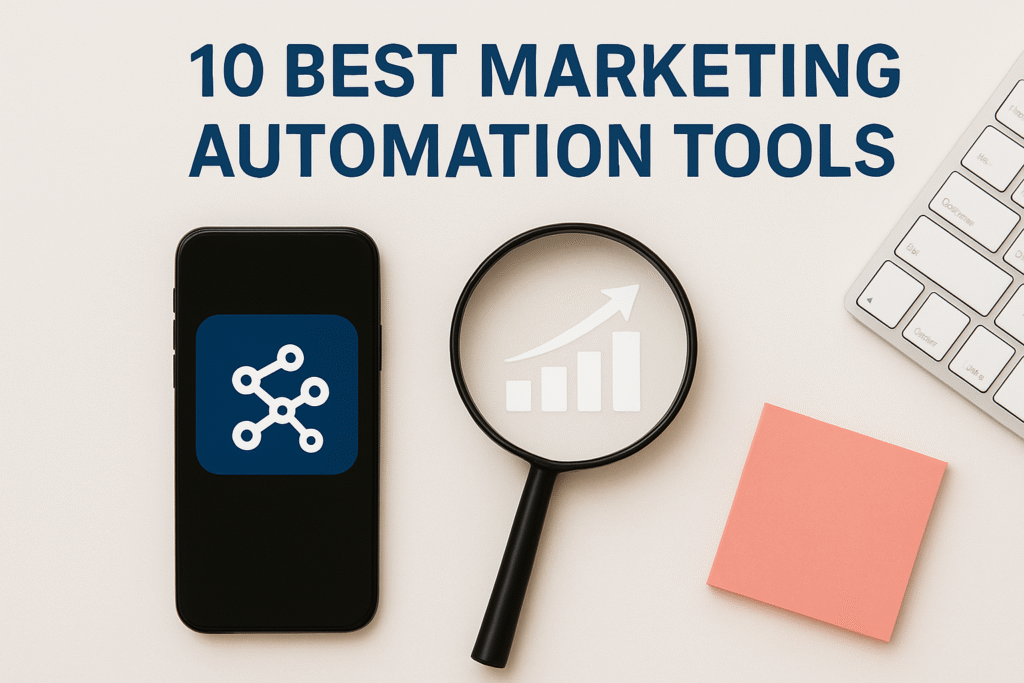
Marketing in 2025 looks and feels different — AI-driven personalization, omnichannel orchestration, and real-time journey optimization are table stakes. If your goal is to scale smarter without adding headcount, marketing automation is the lever. Below I’ll walk you through the 10 best marketing automation tools for businesses in 2025, why they matter, who they’re best […]
Local Hashtag Strategy for NYC Fashion Brands

When it comes to digital visibility, New York City’s fashion industry is unlike any other. Competition is fierce, the audience is trend-savvy, and brands must constantly innovate to stay relevant. Over the years, I’ve seen how hashtags can make or break a campaign. That’s why a carefully designed local hashtag strategy for NYC fashion brands […]
SOP: How to Build a Strong Personal Brand on LinkedIn
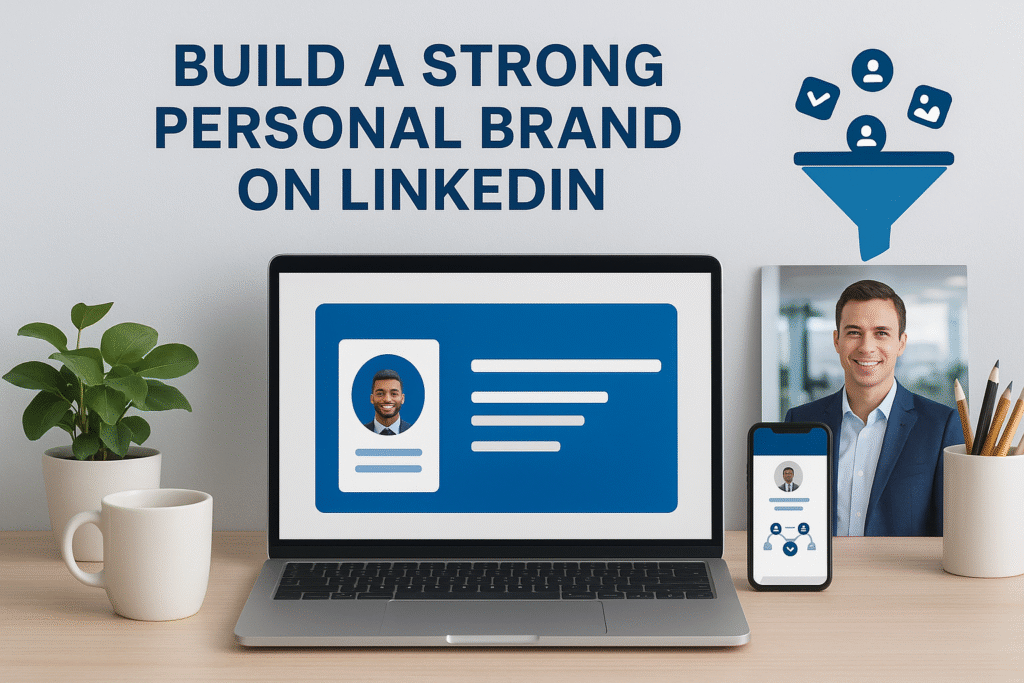
In today’s digital-first economy, professionals are no longer judged solely by their résumés. Instead, they’re evaluated by their digital footprint, especially on LinkedIn. That’s why understanding how to build a strong personal brand on LinkedIn is no longer optional; it’s essential. LinkedIn has transformed from a static online CV into a powerful networking and content […]
Generating Real Estate Leads in Las Vegas with Funnels

Real estate is one of the most competitive industries in the United States, and nowhere is that truer than in Las Vegas. With new developments, a booming rental market, and constant demand from investors and relocating families, standing out in the Las Vegas property scene requires more than just a listing on the MLS. That’s […]
Canonical Tag Misuse: Impact and Resolution
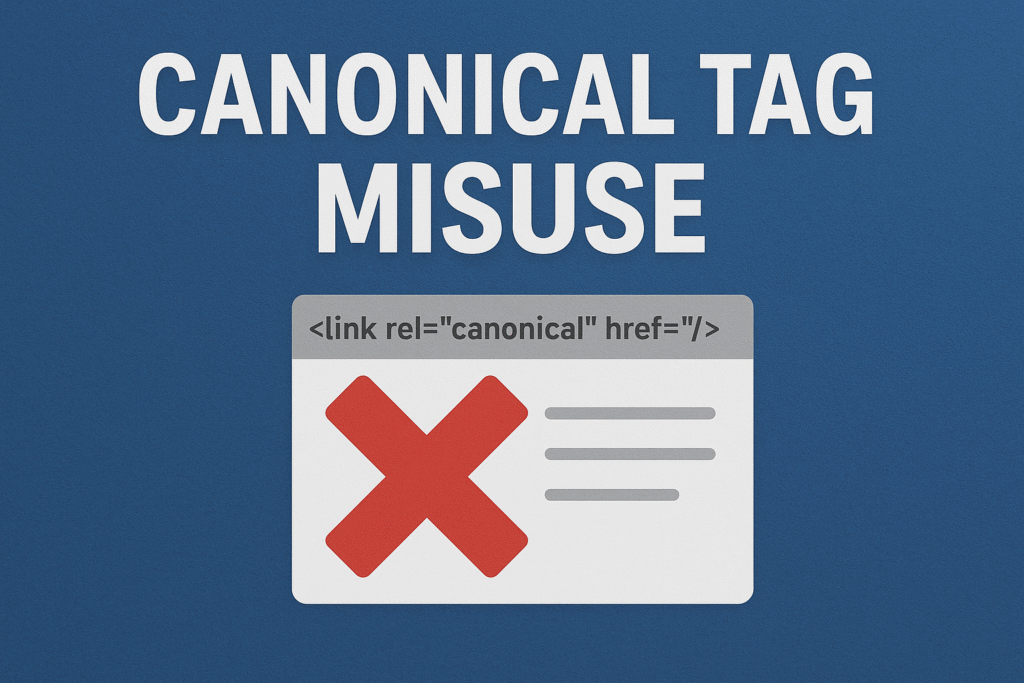
In the world of technical SEO, canonical tags are one of those quiet heroes that often go unnoticed until something goes wrong. When used correctly, they can consolidate ranking signals, prevent duplicate content issues, and keep your site’s authority clean in the eyes of search engines. But when implemented poorly, canonical tag misuse can derail […]
Local Email Subject Lines That Work in Orlando
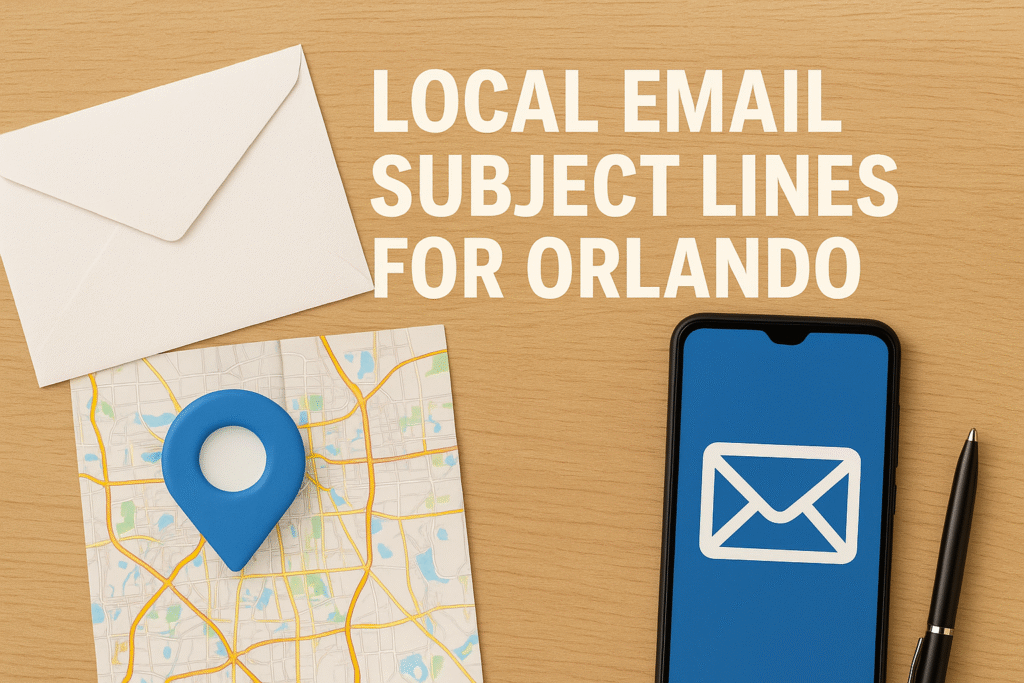
When it comes to email marketing, one of the biggest levers for improving open rates is the subject line. And in a competitive local market like Orlando, crafting local email subject lines that work in Orlando can mean the difference between a campaign that’s ignored and one that drives measurable revenue. Over the years, I’ve […]
How I Track Micro-Conversions That Lead to Sales
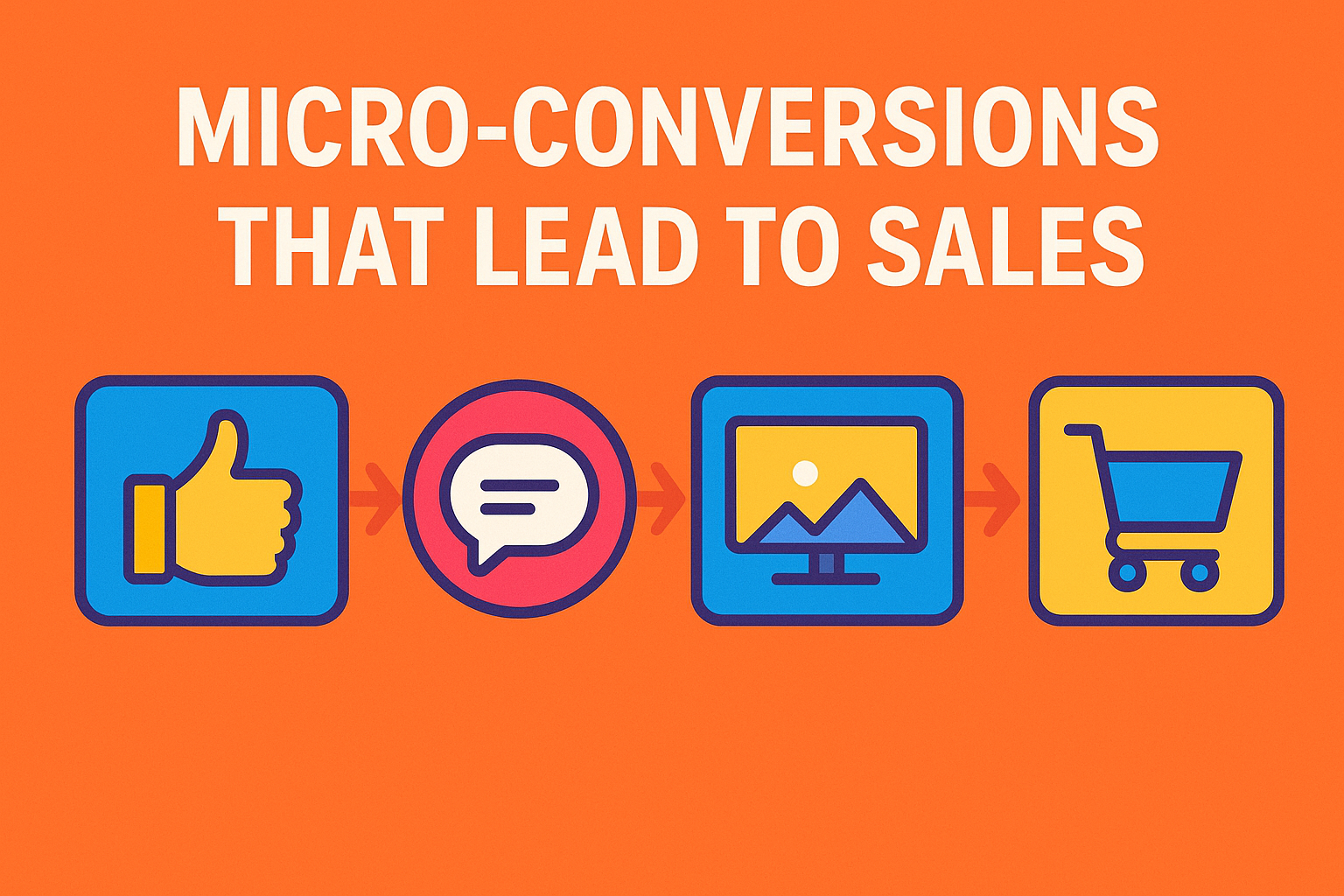
In digital marketing, we all love the big wins — the final purchase, the booked consultation, the signed contract. But the truth is, those macro-conversions rarely happen in isolation. They’re almost always the result of a series of micro-conversions — smaller, measurable actions that show a prospect is moving closer to becoming a paying customer. […]
A/B Testing Ads: My SOP for Faster Results
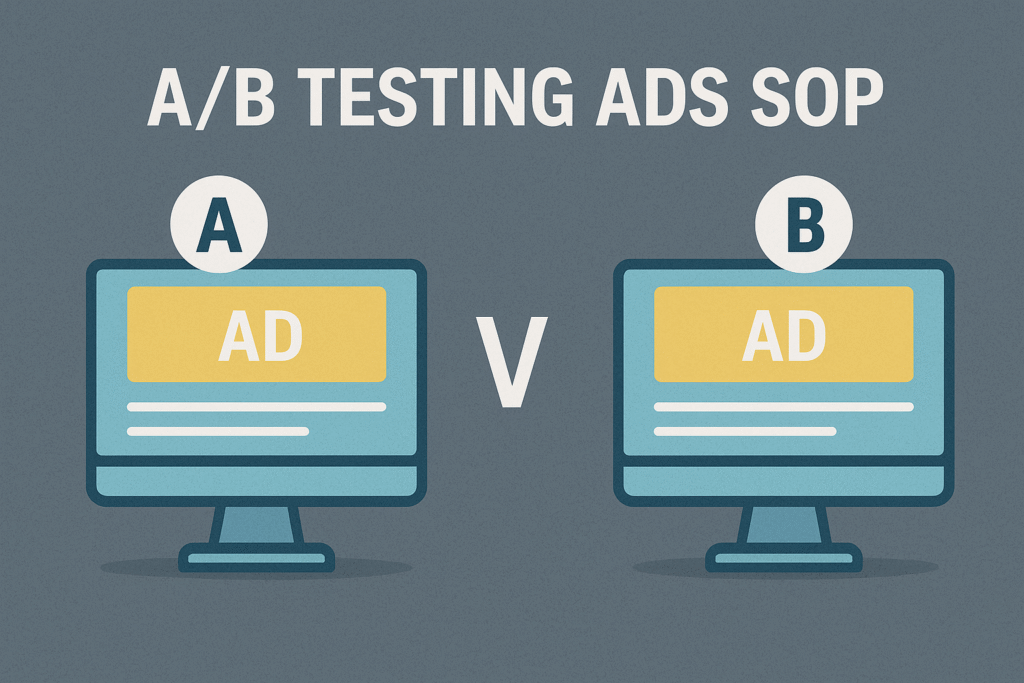
In the world of paid advertising, speed and accuracy in decision-making are everything. If you’re spending thousands each month on Google Ads, Facebook Ads, or LinkedIn Ads, the last thing you want is to wait months before figuring out which creative, headline, or targeting actually works. That’s why I rely on a precise A/B testing […]
Winning PPC Strategies for Salt Lake City Dentists

When it comes to competing for patients in Utah, few markets are as competitive as Salt Lake City. With dozens of dental practices — from cosmetic dentistry specialists to pediatric dental clinics — all bidding for the same local keywords, the cost per click (CPC) can quickly climb. That’s why winning PPC strategies for Salt […]
